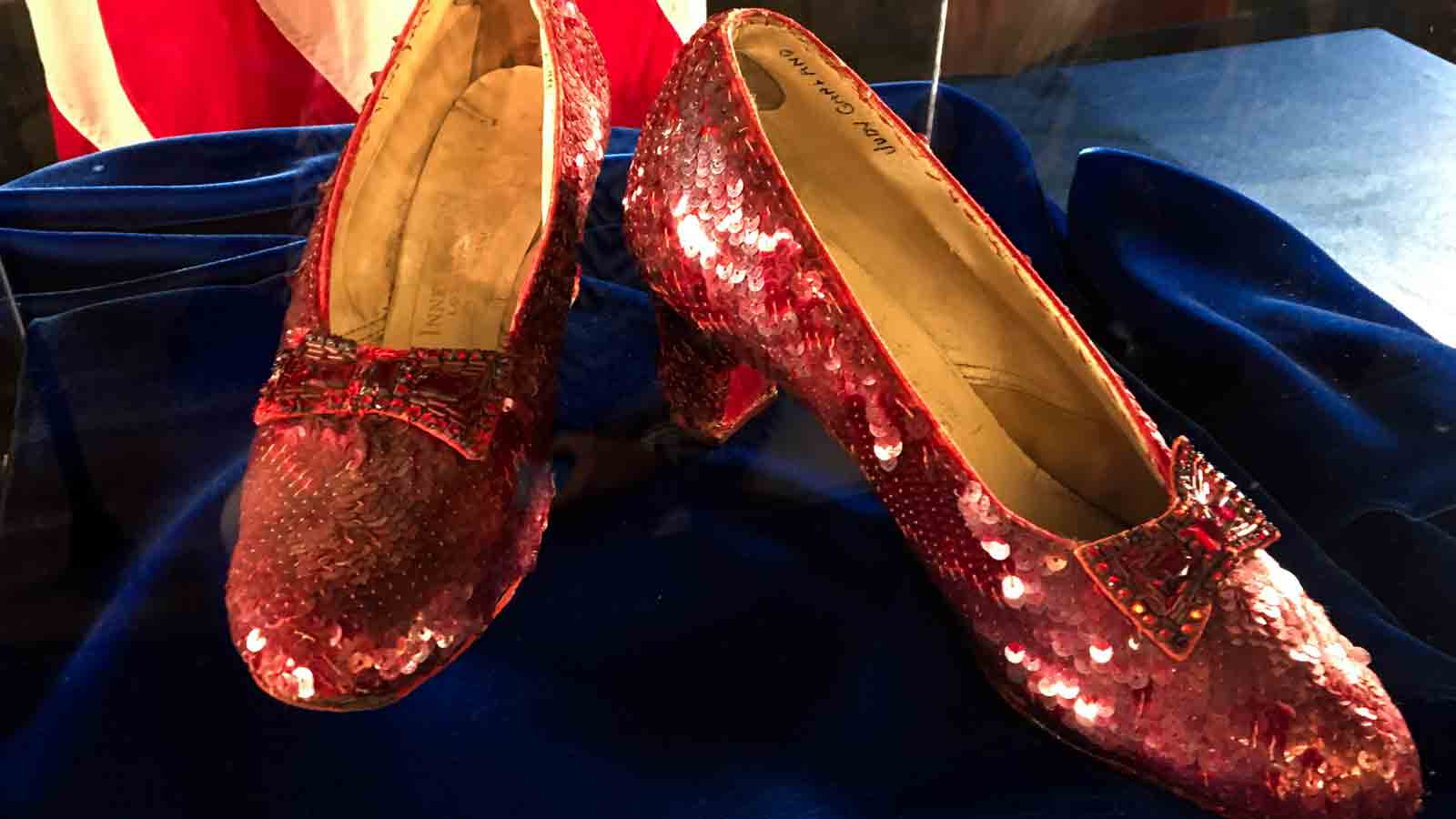Quinceañera parties are traditionally coming-of-age events to celebrate a girl’s transition from her teenage years to womanhood, but now boys are having "Quinceañero" parties of their own.
A Quinceañera party is characterized by its lavish ball gowns, emotional dances and elaborately choreographed performances, according to DePaul University. The celebration also most commonly includes a cake and is celebrated at event venues typically reserved for high school proms.
WATCH ANYTIME FOR FREE
Stream NBC10 Boston news for free, 24/7, wherever you are. |
Teenage boys across the country are adopting a similar celebration with their own twists, creating an up-and-coming tradition that is being dubbed "Quinceañero," which is the Spanish masculine word for Quinceañera.
But what are the key differences between a Quinceañera and a Quinceañero?
Get updates on what's happening in Boston to your inbox. Sign up for our News Headlines newsletter.
Surprisingly not so many.
In an interview with NBC LX Home, Hason Hernández, who had a Quinceañero, said he thought of the idea of hosting one instead of having a typical 16th birthday.
"Everybody thought it was a nice idea and pretty fun," Hernández said.
U.S. & World
Instead of wearing a dress, Hernandez said he wore a suit; instead of heels, he wore dress shoes.
But despite those changes, Hernández still kept the key characteristics of a typical Quinceañera, which include waltz dances with family and friends.
"He danced with his dad, with his godfather, with my brothers," said Mónica Hernández, Hason Hernández's mother. "I liked it because regardless if you're a man or a woman, you still go through a transition to adolescence."
A centuries-old tradition
Norma Capitanachi, director of Quinceañera Magazine, says the tradition can be traced back to the Aztec civilization.
"Originally the Aztec celebration was for men when they became young adults," Capitanachi said. "At age 13 or 14, they would present them to society but with time the celebration evolved to be just for girls."
According to the Codex Mendoza, a visual history of Aztec life created in the 1540s, boys and girls were celebrated at 14 years of age to celebrate them obtaining their life-long skills.
"Feasting was a very common activity and carried on for a great many reasons in Aztec daily life," said Frances Berdan, an American archeologist who studies Aztec civilization.
Defying the status quo
Though Quinceañero parties are becoming more popular across the country, they weren't always looked at as openly as they are today.
Roberto Pacheco, who hosted his Quinceañero in 2005, said he initially got some pushback from friends and family, who had hosted Quinceañera parties for girls only.
"I was very excited to do it but in the back of my head I always had that bit of, like, 'Are people going to think different of me?'" Pacheco said.
Pacheco added that as he pushed forward with his plans, people began asking why he wanted a Quinceañero and went as far as questioning his sexuality.
"I then got the (questions) 'Why are you doing that? That's kind of weird, are you gay?' But I just said it had nothing to do with anything. This was just a celebration of me, just for a good time," he added.
"I am happy that I did it (Quenceañero). I am proud that I did it," Pacheco said. "There doesn't need to be this stigma that you can't do it as a male for whatever reason.
Likewise, Mónica Hernández said times have changed, and it is time for society to embrace a tradition that celebrates kid's transition to adolescence regardless of gender.
"Times have changed... just like back then marriage was between a man and a woman, we now celebrate men marrying men and women marrying women. I think it is good we break with these old notions," Mónica Hernández concluded.



